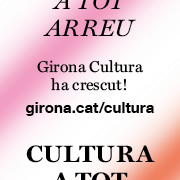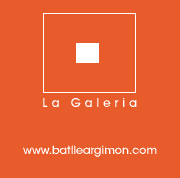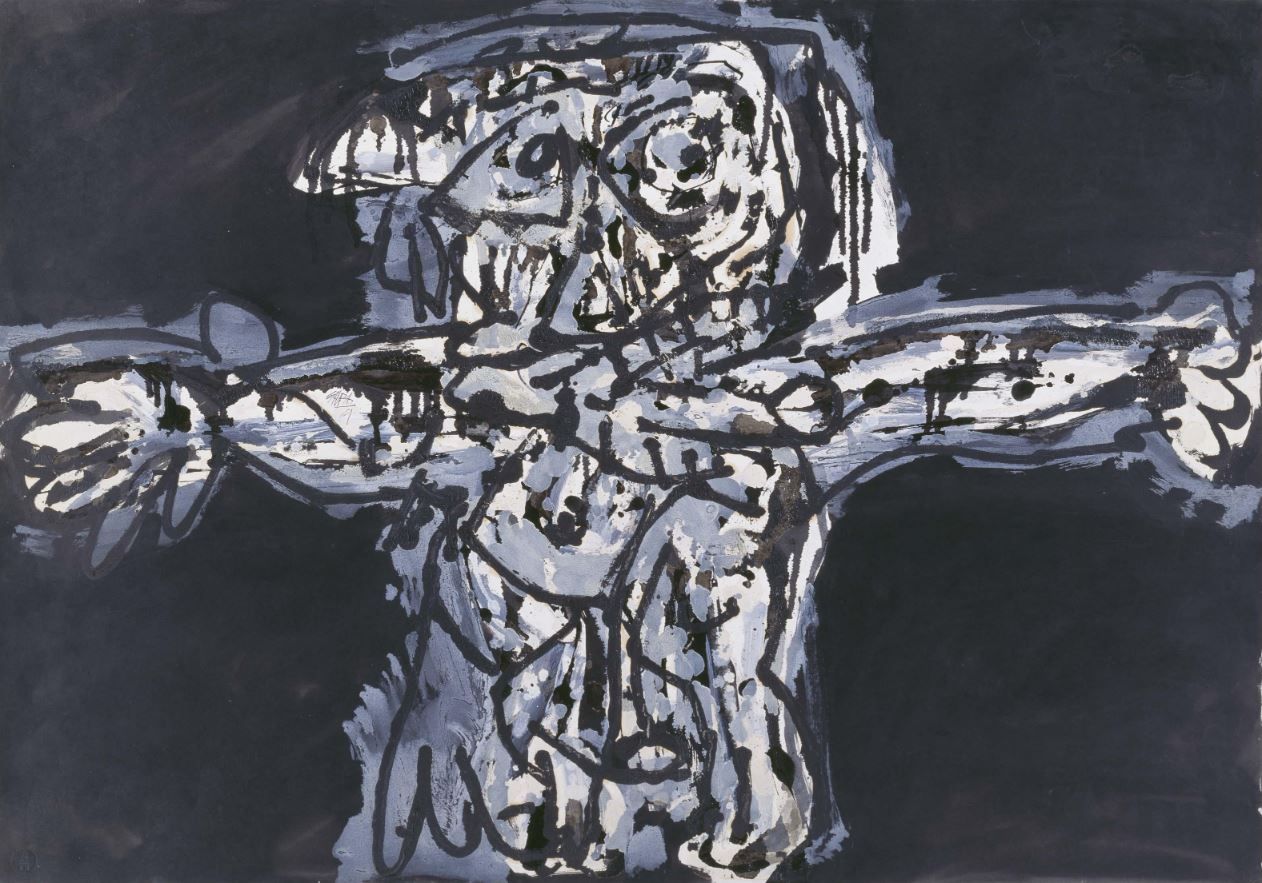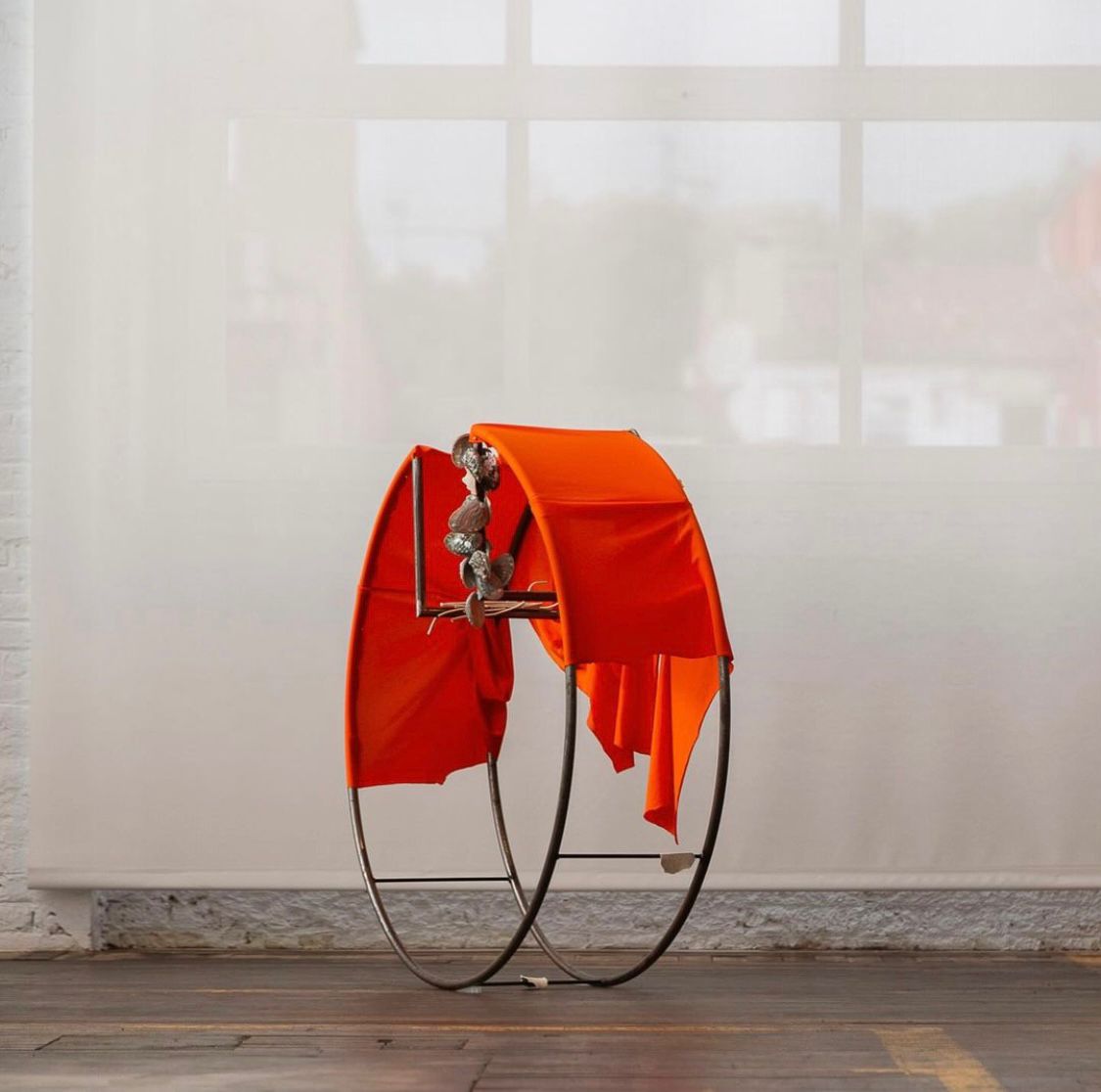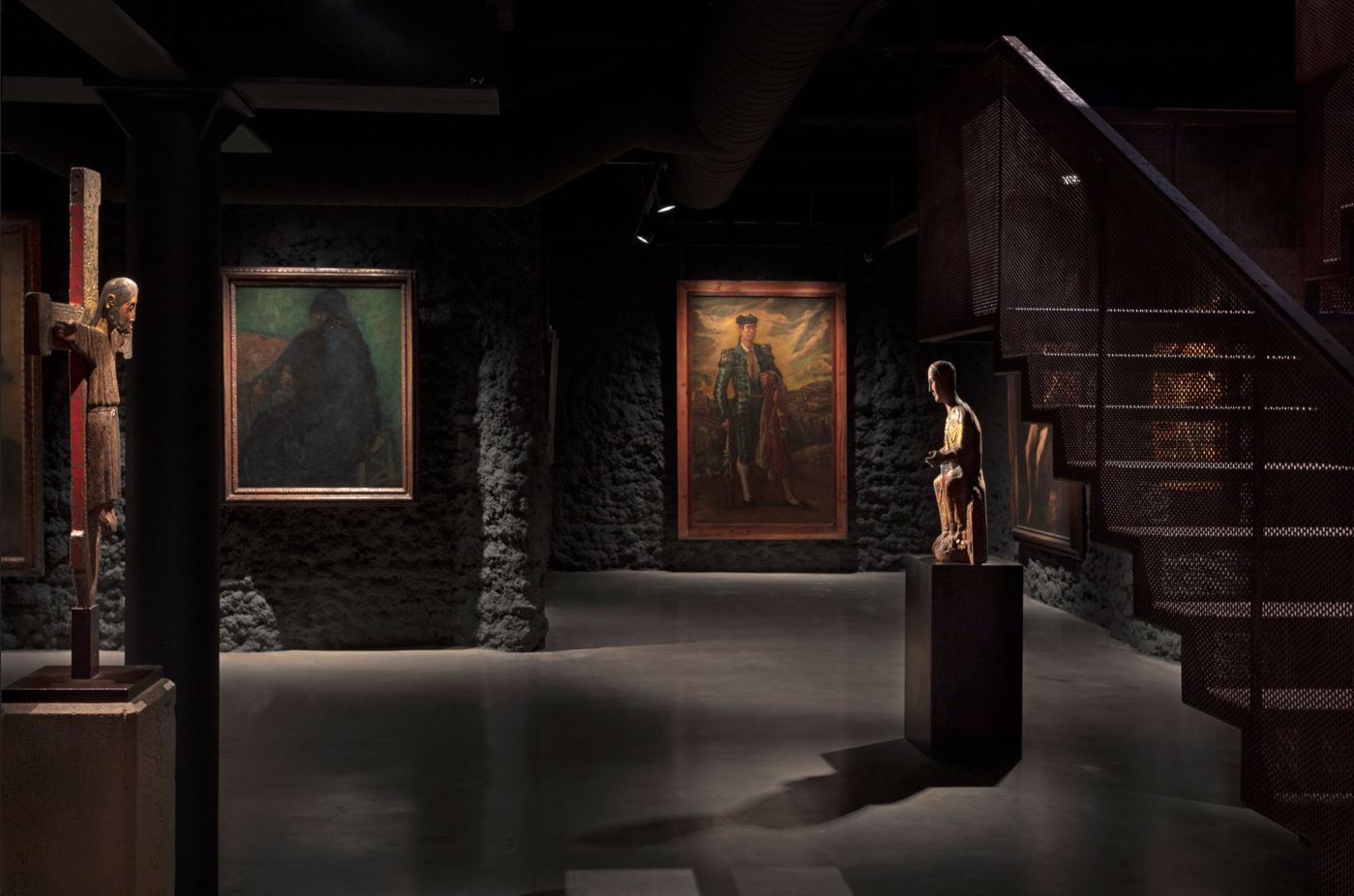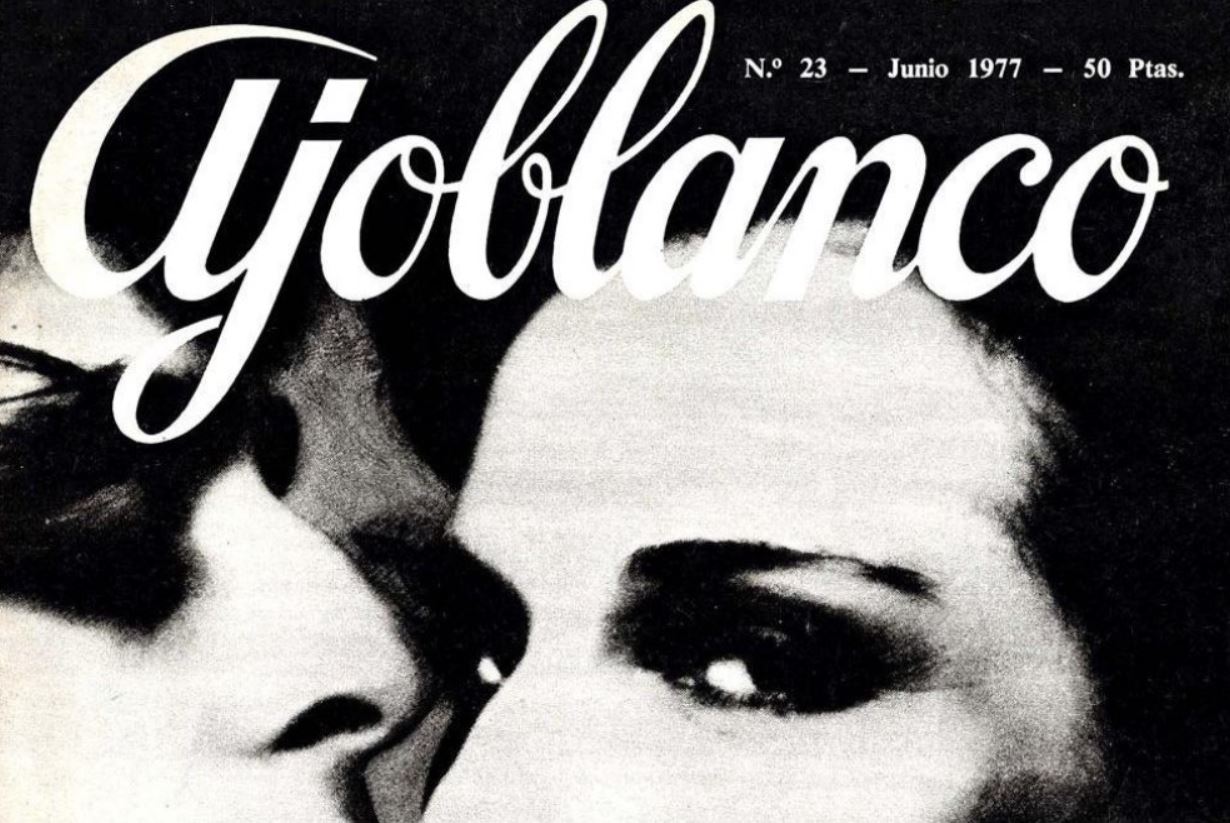Exhibitions
Joxerra Melguizo: the workshop as poetic resistance
A reflection on the same artistic practice at the Artium Museoa.
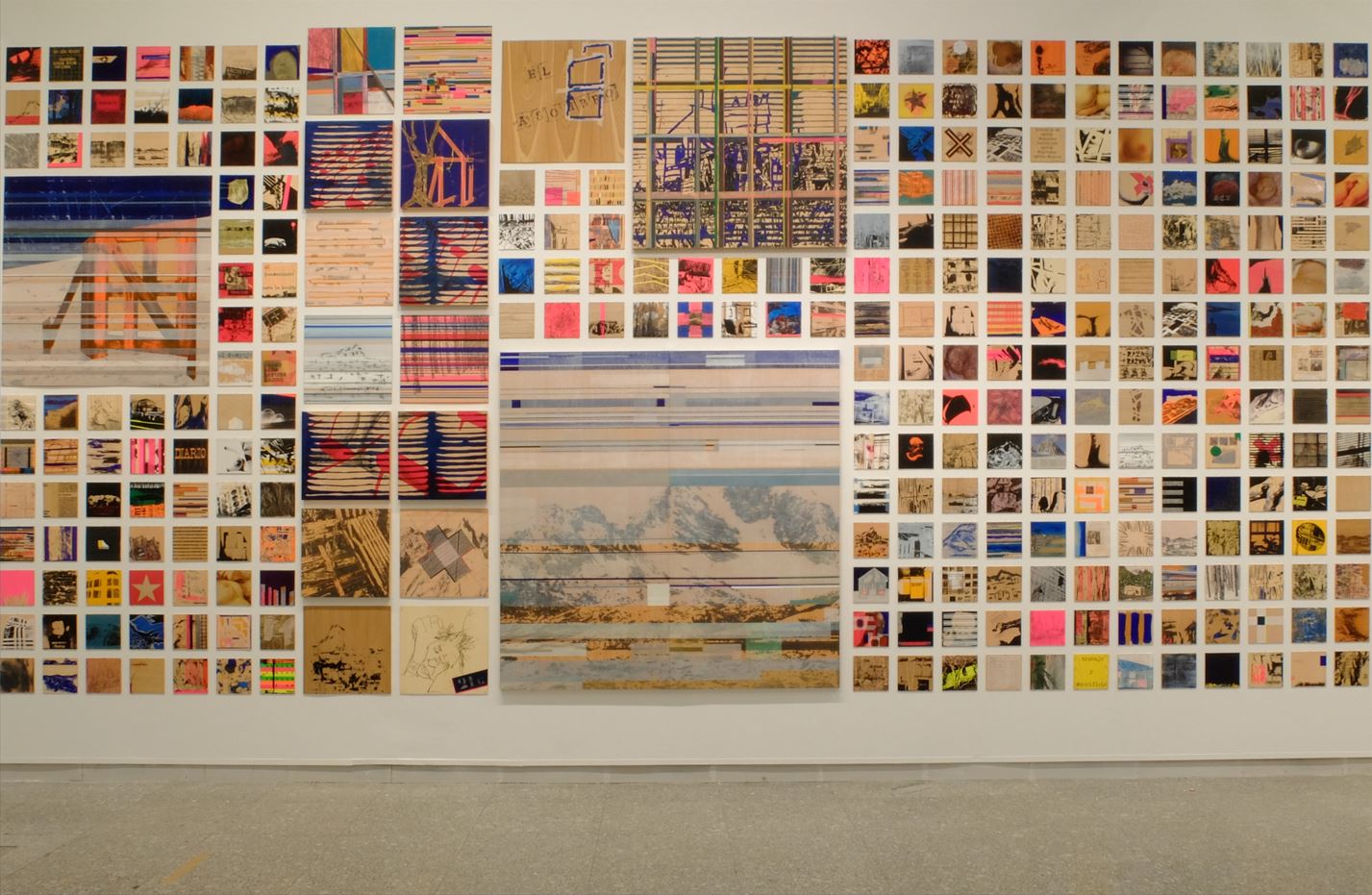
'Refugios-Diarios (Lerro Galduak)' by Joxerra Melguizo can be defined as a poetic cartography of the workshop, an immersion in the sincerity of daily artistic practice. Melguizo transforms his work into a visual diary made of strokes, symbols and a peculiar poetics of material waste. Here, the artist seeks to trace his intimate experience and the echo of his workshop work, which unfolds in abstract shapes, colors and fragments of images.
Until February 9, at the Artium Museoa in Vitoria-Gasteiz, this journey through Melguizo's last creative decade is organized as a cartography of his obsession with the process. The centerpiece of the exhibition is an impressive wall installation made up of nearly a thousand drawings and paintings on a table. This mural, which stretches almost 30 meters long and four meters high, functions as a map in which each work, rather than following a linear location, is placed by non-explicit emotional and narrative affinities.
The origin of this exhibition proposal can be found in a conference that Melguizo gave in 2019, invited by the museum to talk about his work. On that occasion, the artist shared how certain personal circumstances had taken him away from his daily routine in the workshop, an involuntary hiatus that lasted almost four years. This period of inactivity was broken by an imperative need to create, to feel alive through the artistic process. At the end of the conference, Melguizo showed the audience the notebooks of drawings and notes he had accumulated during that time, together with a large series of table paintings that suggested a kind of visual diary: a language of his own made of symbols, of explorations and reflections on color and line.

From practice, Melguizo seemed to be building something to pursue a pear more than a work; he created a method that allowed him to stay in the task of making art. Far from pursuing formal perfection, he began documenting episodes of his day-to-day life, as well as the feelings and symbols that accompanied them.
The exhibition also includes a key piece, "La medida del espacio III", in which Melguizo confronts nature with human measurement. In addition, a selection of archival objects from the defunct CM2 space is presented, a project that the artist started in the 90s with the collaboration of Carmen López Castillo and Emilio Melguizo. CM2 was much more than a gallery: it was a space of collective conspiracy, a meeting point for new contemporary art proposals in Vitoria-Gasteiz.
Throughout his career, Melguizo has consolidated a singular voice that challenges power structures in the art system, both in institutional and social terms, uniting aesthetics with social commitment. In one of his large paintings, Melguizo pays homage to the iconic image of The Clash bassist Paul Simonon shredding his bass at the Palladium in New York. This reference becomes a statement of intentions: his art is also an act of rebellion, a social and political interpellation, which finds resonance in the echoes of Oteiza, Beuys and the first punks of the Basque Country.
Melguizo's work proposes a return to the workshop as a space of resistance, as a personal refuge where creation becomes a way to survive and challenge the established order.




